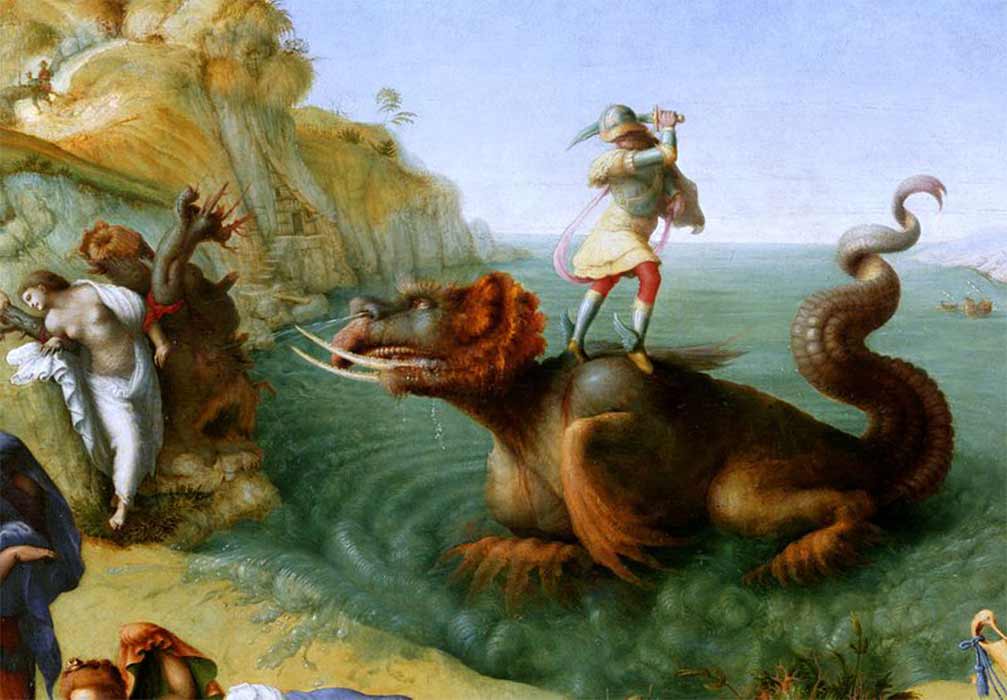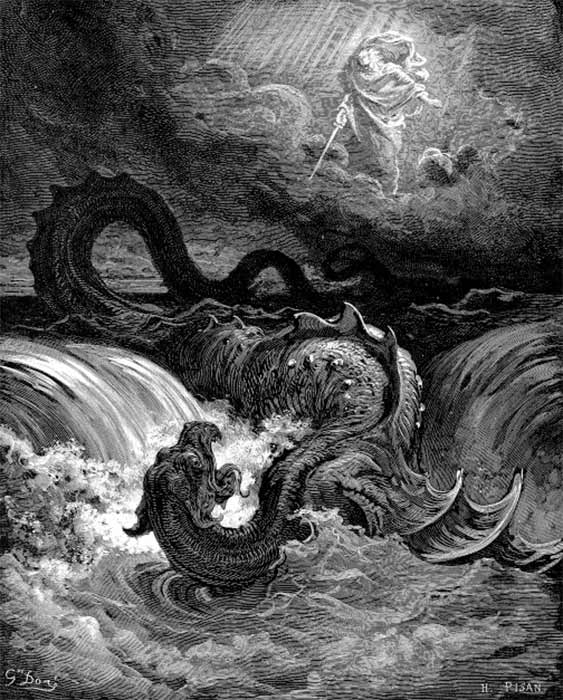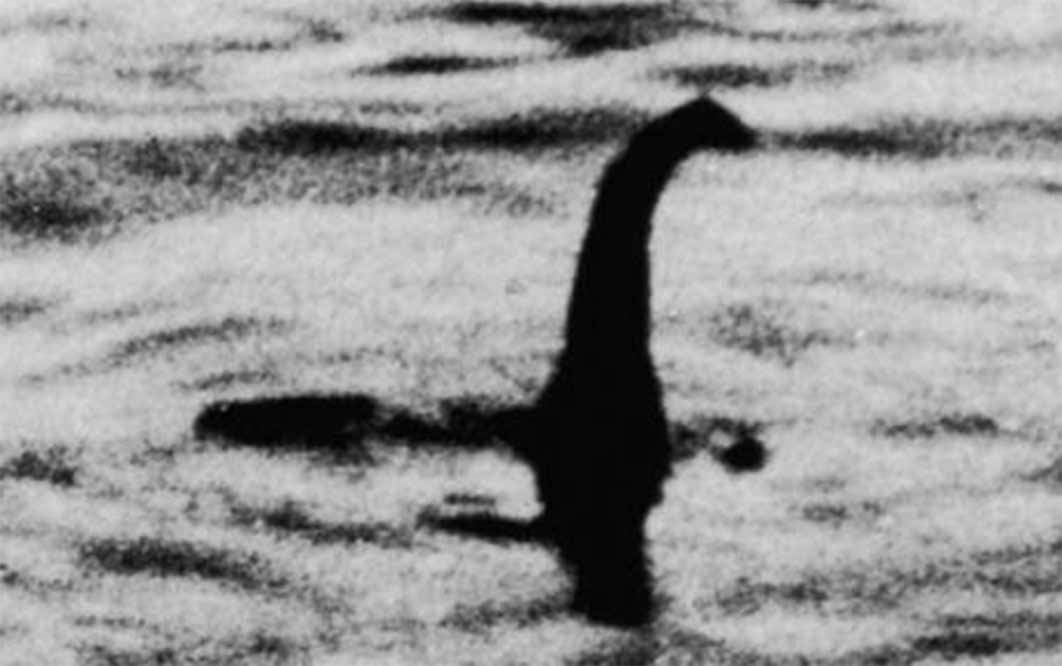
Muyso Akyqake, The Chaos Monster Archetype Of Lake Tota
The Biblical story of Jonah and the Whale uses shock and awe to install an ancient motif of mythology into the minds of children attending Sunday School. According to the Book of Jonah the Biblical prophet is attempting to avoid God's command when a storm hits his ship. The sailors throw Jonah overboard as a human sacrifice to save themselves. Jonah is then swallowed by a great fish from which he emerges triumphant. While this is an iconic Christian tale, similarly to Christmas and many other aspects of the new prevailing religion, the story of a person being consumed by a whale is structured on the older oral traditions and rituals of tribal shamans around the world.

Perseus Freeing Andromeda by Piero di Cosimo (1510) Uffizi Collection (Public Domain)
Overcoming Monsters In The Underworld
Ronald L. Boyer in his 2017 article The Sign of Jonah: Initiatory Symbolism in Biblical Mythopoetics, explains that in Greek myths “heroes like Heracles, Perseus, and Jason (of the Argonauts) are all devoured by sea-monsters of various kinds from whose bellies they later escape.” Death-rebirth imagery, motifs and archetypes, including swallowing by sea-monsters is replete in folklore and fairy tales. In one of the original versions of Little Red Riding Hood, known as The Grandmother and the Werewolf, both the heroine and the grandmother are devoured by a werewolf and later cut from its belly by woodcutter, miraculously restoring them to life.
- Mythological Sea Serpents And Lake Monsters Versus Scientific Sharks And Surviving Dinosaurs
- Scientists Finally Closing in on Nessie, The Loch Ness Monster
- Saint George, The Dragon Slayer: The Legend Behind the Hero
In Shamanism: Archaic Techniques of Ecstasy, (1951) author Mircea Eliade describes the existence of a composite ritual structure associated with tribal initiation, including initiation in secret societies. Based on the initiatory essence of the candidate’s ‘death’ followed by his ‘resurrection’, Eliade discovered in composite rituals “candidates in secret tribal societies that undertook periods of solitude or isolation in the bush, representing “the beyond” in which they assimilated to the dead.” With their faces covered by funerary masks or ash, candidates symbolically descended to the Underworld where they faced difficult ordeals like being devoured by a monster or a god.

Destruction of Leviathan, depiction by Gustave Doré, (1865) (Public Domain)
Ancient Babylonian texts recount a battle between the god Marduk and the multi-headed serpent-dragon Tiamat and a Canaanite poem from Ras Shamra (ancient Ugarit) in northern Syria records a battle between the god Baal and a monster called Leviathan. Over time, the concept of humans being devoured by sea-monsters evolved into sea serpent/snake myths and the Old Testament tells several stories of combat between gods and the monstrous sea serpents known as Rahab or the Leviathan. In the Psalms 74:14 Leviathan appears as a reflection of the Babylonian Tiamat, where the creature is described as a multiheaded sea serpent that is killed by God and given as food to the Hebrews in the wilderness. However, it is in Isaiah 27:1 that the real nature of the term ‘Leviathan’, is revealed where the serpent is clearly a symbol of Israel's enemies, who will be slain by God. Thus, in the post Biblical world giant sea monsters and lake creatures represented Pagan cultures that threatened to destabilize the emerging theocracy - Christianity.
Loch Ness And Other Lake Monsters
Expectedly, since the dawn of the scientific enlightenment a lot less sea monsters have been reported, but one needs to look no further than Loch Ness in Scotland, which still supports a multi-million pound tourist industry, for it to become clear that many people still today believe that prehistoric creatures survive in certain waterways, lochs and rivers.





